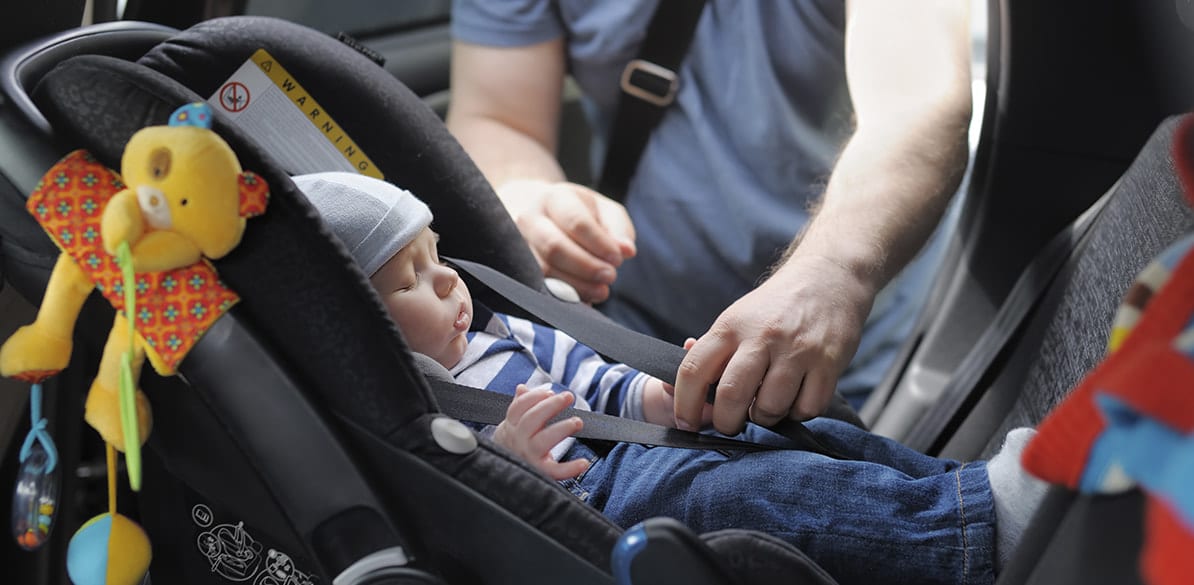Baby carriers: reclining or non-reclining?
Advantages and disadvantages of these child restraint systems

Road Safety
The use of baby carriers that offer the possibility of reclining the backrest is more than just a fad and, therefore, we feel it is interesting to dedicate an article to examining the advantages and disadvantages of the systems that offer this feature, to give us more to go on when making the decision to purchase a child restraint system (CRS).
We are going to focus on 4 important aspects: safety, comfort, interior space and usability.
It has been a few years since the American Academy of Pediatrics set the reclining guidelines for products sold in the USA. There, no product can go lower than a 45° tilt. There are two reasons for this. Firstly, if the seat reclines below 45°, there is a risk of the child’s head impacting the front seat. Secondly, the forces on the neck increase proportionally to the tilt of the baby, so reducing the angle of the backrest to less than 45° is not recommended.
This 45° mantra has been repeated since the early 2000s as a general principle and, as with everything in life, context is important, but in this case, very important. Baby carriers in the USA are not secured with ISOFIX systems. In general they use a two-point belt, or a system called the LATCH system, which is a non-rigid ISOFIX. These systems cause the seats to have a very noticeable tendency to rotate in the event of sudden braking or collision, increasing the risk of the head hitting the front seat.
Now let’s look at Europe. Products that offer the possibility of reclining the backrest are systems that are anchored to an ISOFIX base with a support leg. This system behaves almost rigidly in the event of an impact and the change in the angle of the backrest is minimal. This means that, although the effective recline angle increases, during the impact this angle does not vary and, therefore, ends up being less than in the American systems, which is the reason for the 45º recommendation.
The conclusions on the safety of these products are clear: they are approved products and the option of having a reclining backrest does not imply reduced safety compared to traditional systems with seat belts.
The great advantage of these devices is the child’s comfort. Those of us who are parents know that the balance between reclining the baby carrier and preventing the baby’s head from falling forward is complicated. These systems allow us to increase the tilt of the baby’s head to ensure that the head does not fall forward, in other words, the advantages in this area are clear.
In addition, babies travel in a flatter, more comfortable position, helping them to breathe more easily without constricting their lungs, as can happen in traditional baby carriers.
The biggest setback involves the interior space. Being able to recline the backrest means that the baby carrier takes up more space inside the vehicle, which can be a problem in small vehicles, something that should be taken into account before purchasing a child car seat. Before buying a child seat, we recommend that you read this article.
Finally, we must talk about usability. The use of the baby carrier outside the car is limited because the baby’s comfort level is not very high, and there are risks for the baby with prolonged use. Systems with the ability to recline the backrest reduce these risks, making them a more useful system for out-of-car use.
In our opinion these devices have more advantages than disadvantages, and that is why manufacturers are increasingly opting for them.
